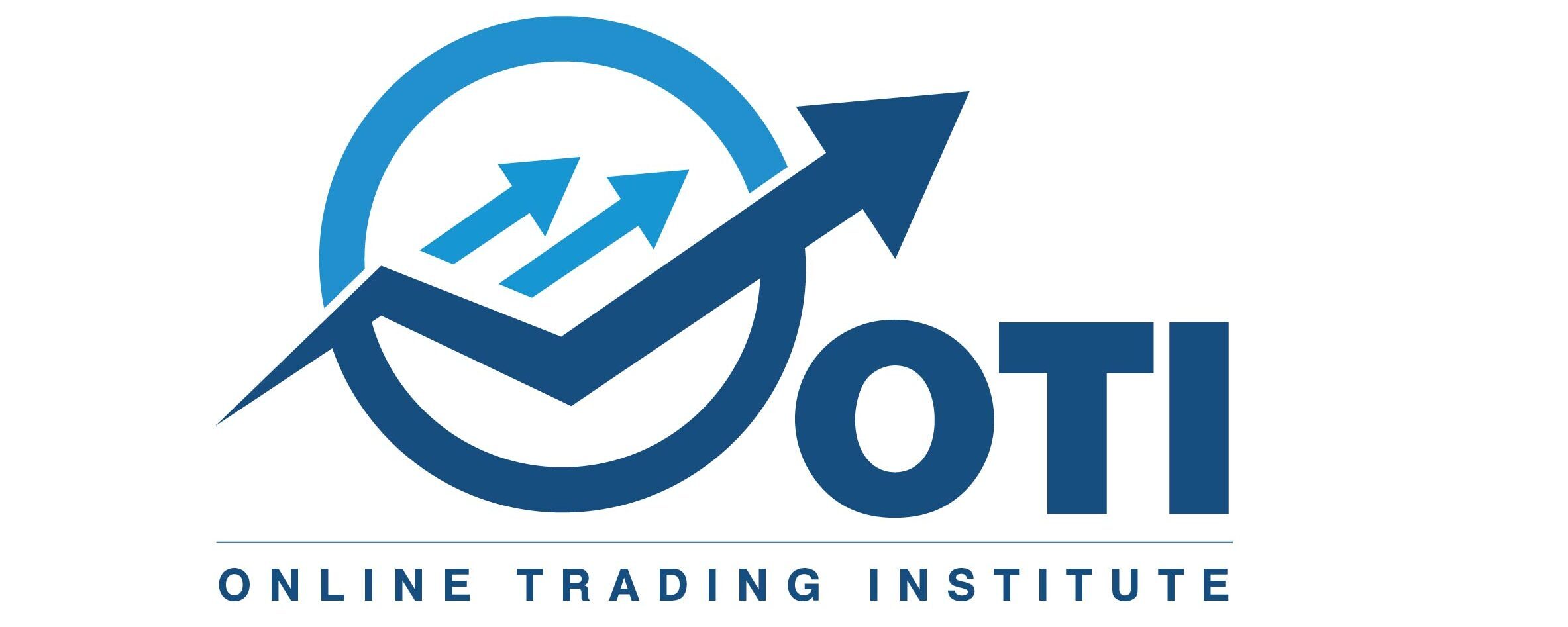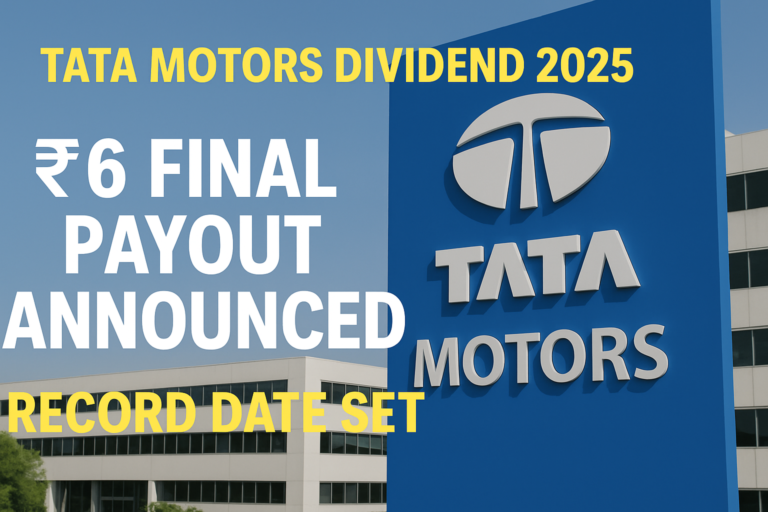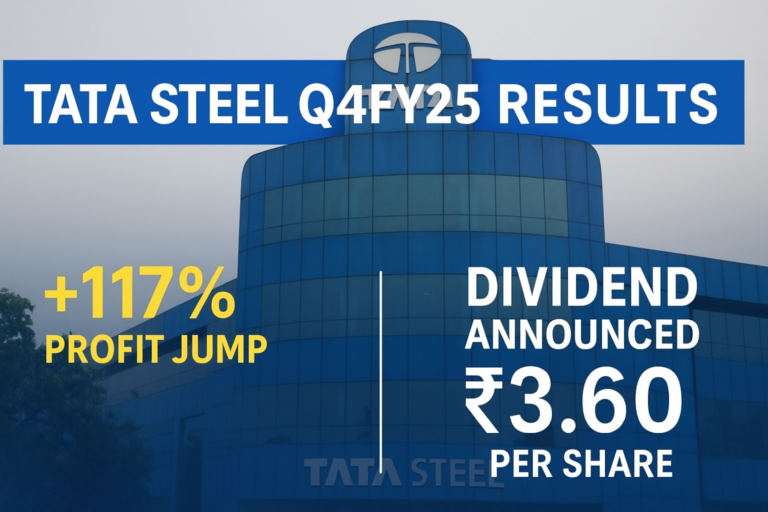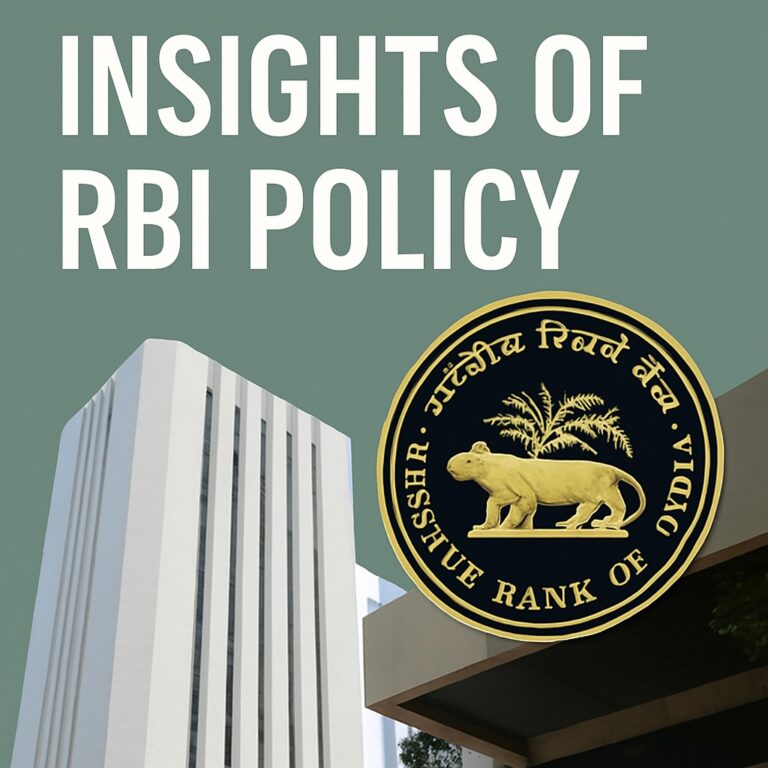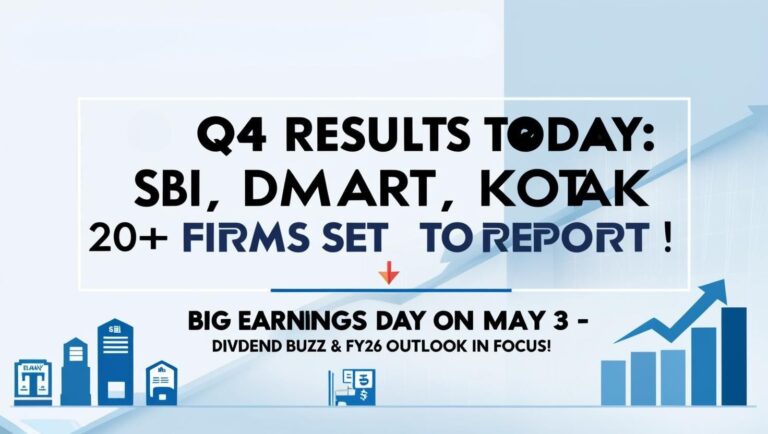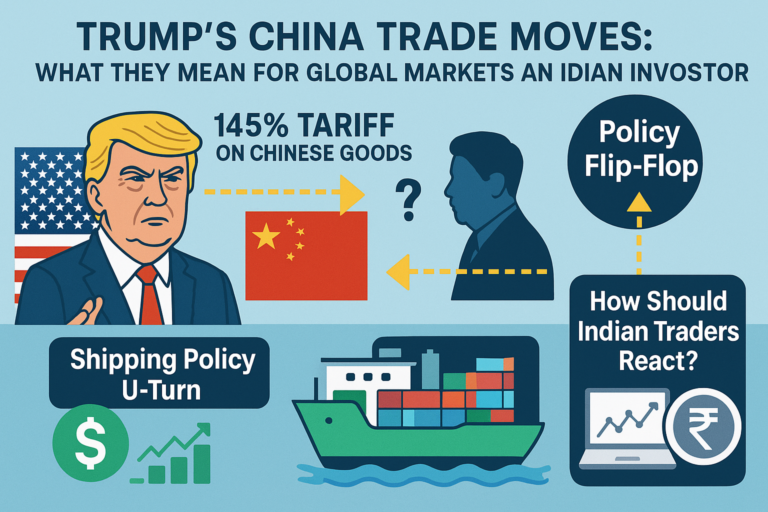Tata Steel Share Price Surges 4% as EU Unveils Crucial Plan to Protect Steel Sector
Tata Steel Share Price: Tata Steel share price surged over 3.5% to ₹177.85 on the BSE on Thursday after the European Commission unveiled a new policy proposal designed to protect the region’s steel industry from the ongoing challenge of global overcapacity.

The EU’s Steel and Metal Action Plan, presented on October 7, 2025, aims to replace existing safeguard measures expiring in June 2026. It’s viewed as a major policy shift to ensure long-term viability of Europe’s steel sector — a region where Tata Steel remains a significant player with operations in the UK and the Netherlands. This development comes as a positive boost for Tata Steel’s European operations, which have faced pressure in recent years due to weak demand, rising input costs, and competition from low-cost producers in Asia.
Tata Steel Share Price Performance & Investor Sentiment
On Dalal Street, Tata Steel share price rallied amid a broader positive tone in metal stocks. The Nifty Metal Index was up nearly 1.8%, supported by renewed optimism on global demand recovery and supply discipline.
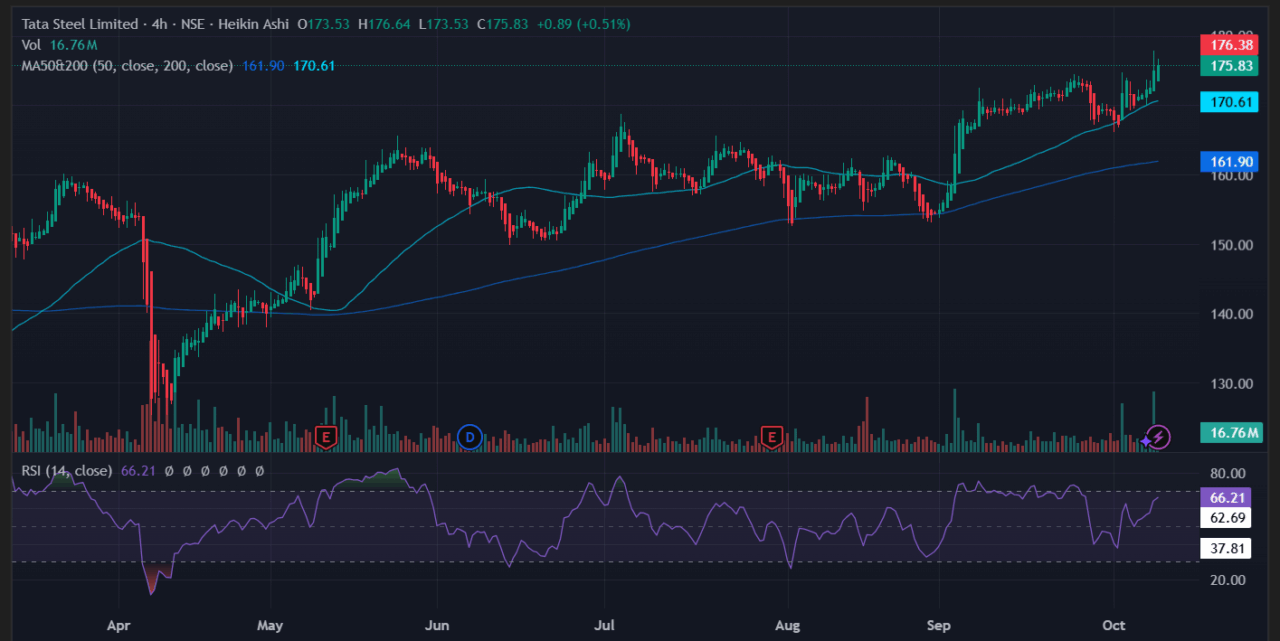
Tata Steel share price closed at ₹176.42, making a day-high of ₹177.82 and a day-low of ₹172.78 on Thursday, almost surging 4% from the previous day’s close. The Tata Steel share price seems to be trading constantly above the EMA (50) & EMA (200) which indicates that upward trend may remain intact. The next resistance zone can be observed at ₹185-₹190 & the possible support zone can be observed at ₹160-₹155 on short term basis.
Few analysts noted that the EU’s proactive stance could enhance medium-term price stability, benefiting integrated players like Tata Steel and ArcelorMittal.
However, experts also cautioned that implementation risks and WTO compliance scrutiny could delay the proposal’s rollout.
EU Proposes Tougher Measures to Protect Domestic Producers
The new proposal includes several critical provisions to limit unfair trade practices and stabilize the European steel market.
Key highlights of the proposal:
| Measure | Description |
|---|---|
| Import Quotas | Tariff-free imports capped at 18.3 million tonnes/year, down 47% from 2024 levels |
| Out-of-Quota Duties | Duty on excess imports raised to 50% from the current 25% |
| Melt & Pour Rule | Introduces traceability to prevent circumvention of trade measures |
| Legislative Approval | Final ratification by the EU Council and Parliament expected by mid-2026 |
According to the European Commission, global steel overcapacity now exceeds five times the EU’s annual consumption — a key reason behind the industry’s falling utilisation rates and profitability.
European Commission President Ursula von der Leyen emphasised that protecting the steel industry is essential for EU competitiveness and strategic autonomy, urging swift action on the proposal.
Tata Steel’s European Business May Benefit
The policy update arrives at a crucial time for Tata Steel, which has been actively restructuring its European business to improve efficiency and reduce carbon intensity.
In recent years, the company’s UK operations — including the Port Talbot plant — have undergone significant restructuring amid challenges such as energy costs and carbon compliance.
Potential Impact on Tata Steel:
| Factor | Expected Outcome |
|---|---|
| Reduced Competition | Higher EU tariffs could curb cheap imports from Asia, stabilising prices |
| Improved Margins | Lower dumping pressure may help Tata Steel Europe improve profitability |
| Policy Certainty | Clarity on EU trade policy supports long-term investment plans |
| Sustainability Focus | EU green transition goals align with Tata Steel’s decarbonisation roadmap |
Market experts believe that if the new regulation is approved, Tata Steel Europe could see meaningful improvements in capacity utilisation and cash flows, supporting the company’s consolidated earnings.
Global Overcapacity: A Persistent Challenge for Steelmakers
The EU steel industry has suffered from persistent global overcapacity, driven largely by high production levels in China, India, and other emerging economies.
In 2024, the EU reported record losses and capacity utilisation fell to 67%, well below the healthy level of 80%. Since 2007, the region has lost nearly 65 million tonnes of steel capacity and thousands of jobs — a trend policymakers are eager to reverse.
Meanwhile, India’s steel sector continues to expand capacity aggressively, driven by strong infrastructure demand and government initiatives under the National Steel Policy 2030. However, Indian producers are also cautious about potential trade barriers that could limit exports to key European markets.
What It Means for Indian Investors?
For Indian investors, this policy development underscores how global trade actions can directly influence Indian multinational firms with foreign exposure.
Tata Steel share price performance today highlights investor confidence in its diversified operations, focus on sustainability, and European turnaround plan.
Long-term investors tracking the metal sector should watch for:
- Updates on EU Council’s approval timeline
- Tata Steel’s Q3 FY26 results to gauge margin impact
- Movements in global steel prices and Chinese export trends
Conclusion: A Positive Shift in Global Steel Dynamics
The EU’s proposed steel safeguard marks a major step toward stabilising one of the world’s most competitive industries. For Tata Steel, it represents a rare alignment of policy support and strategic opportunity — potentially improving its European business outlook.
As the legislative process unfolds, Dalal Street traders and long-term investors alike will be watching closely. For now, the Tata Steel share price surge reflects a renewed sense of optimism that Europe’s new rules could provide the steelmaker with a stronger, more sustainable footing in the global market.
Know More Market-Related Updates and News: Click Here
Disclaimer: The views and investment insights provided here are based on publicly available information and do not constitute financial advice. Readers are advised to conduct their own research or consult certified financial experts before making investment decisions.
